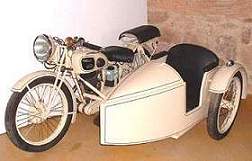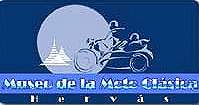| SPAIN.
Thermal ATM issues 2OO2 |
T56
(64) |
| Historic
motorbikes (1). Monet Goyon LB, 1932 (MMC-Hervás) |
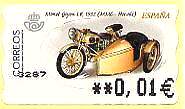 |
|
Date
of issue :
|
|
January 2002
(1st
know date : 19.01.02, Bilbao) |
|
|
|
47 x 26 mm.
- Format type 3 |
|
Paper
:
|
|
Thermal self
adhesive - multicoloured |
|
Imprint
:
|
|
Thermal on
black |
| Imprint
varieties : |
|
2+2 (Epelsa
with 5 and 4 digits small and large) |
|
Values
/ Set :
|
|
0,01
€ to 99,99 € / Set values : 0,20 - 0,25 - 0,50
€ |
|
Design
and Printer :
|
|
 RCM-FNMT.
Real Casa de la Moneda - Fábrica
Nacional de Moneda y Timbre
RCM-FNMT.
Real Casa de la Moneda - Fábrica
Nacional de Moneda y Timbre |
|
Printing
:
|
|
50.000.000
of labels |
|
| Click
on the image to enlarge it |
First year issue and
also of the new ATM set, this year dedicated to the historic
motorbikes.
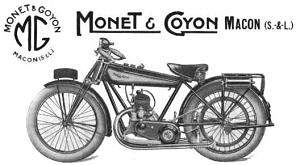 |
In
1916,
during the 1st. World War, Joseph Monet and Adrien Goyon
initiated the manufacture of vehicles without motor so that handicapped
person could recover mobility.
The first low-cost motor
was manufactured in 1919 with English license "Autowheel"
; It's a bicycles adaptable "driving wheel" of 117 cm3. This engine will
motorize the tricycle "Automouche" and scooter "Vélauto". |
|
|
In
1922
Monet & Goyon obtained the license for the manufacture of a Villiers
two-times motor of 270 cm3, that will improve the precedent remarkably
and it will be used in the motorization of all the production. In that
period it will appear the sport model "ZS" of 1924, that
will obtain numerous sport triumphs throughout the years.
Towards 1927 the
production is diversified with the assembly of four times motors of Swiss
company MAG. Monet & Goyon are united to the Koehler-Escoffier
company.
Monet Goyon
175 TT, 1928-1932
|
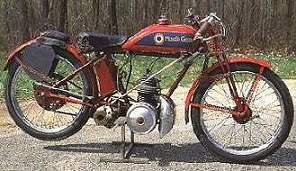 |
During the 2nd. World war,
Monet
& Goyon are concentrated in the manufacture of military motorcycles
with sidecar. Finalized the war, the production is based on the small motorizations,
with Villiers motors of two times.
As many others, the French
company will not resist the massive appearance of low-cost automobiles
and will close its doors in 1959.
 |
Between
the safety measures to avoid the reusability, the sticky supports
that serve as base for the ATMs incorporate from the 1995
model (Hand writing a letter - T4-10)
the round central cut.
Until the current issue all
the papers presented similar characteristics, but the model Monet Goyon
(T56-64) exist in two paper varieties ; sticky paper with the round
cut opened towards the right and others with the round cut open
towards the left. It can be appraised in the images... |
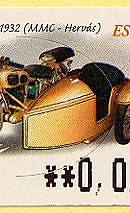 |
|
|
|
|
|
|
|





